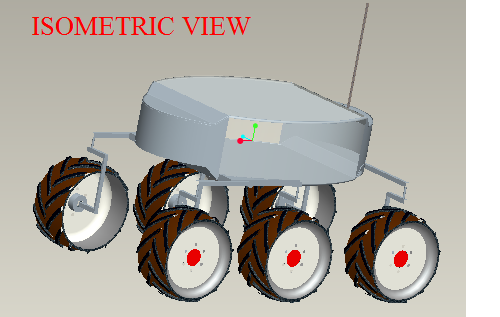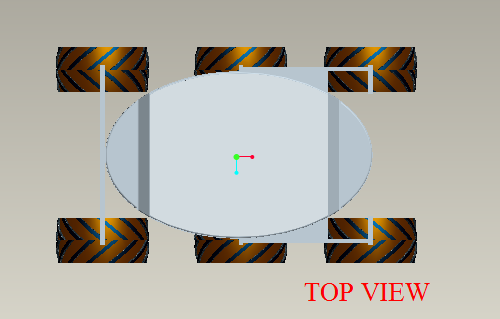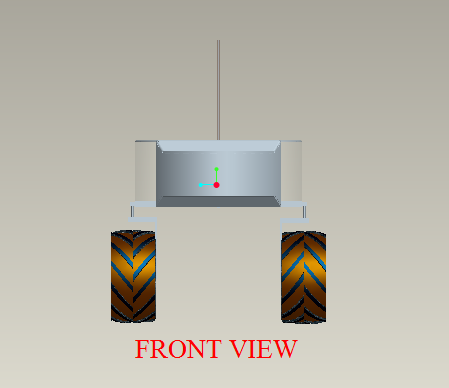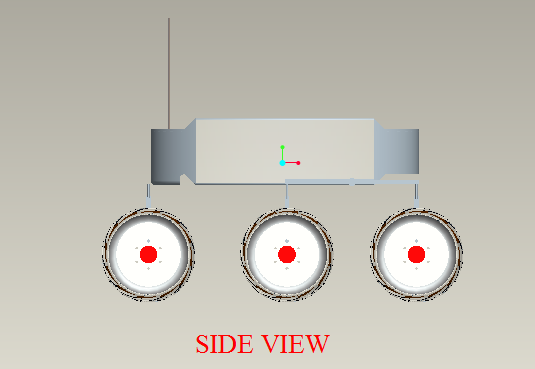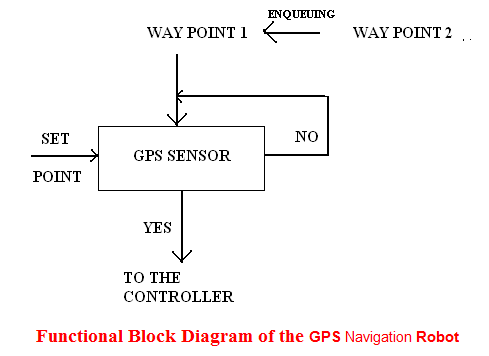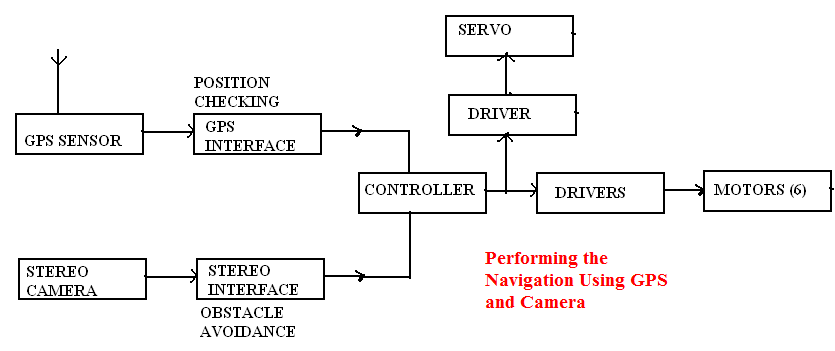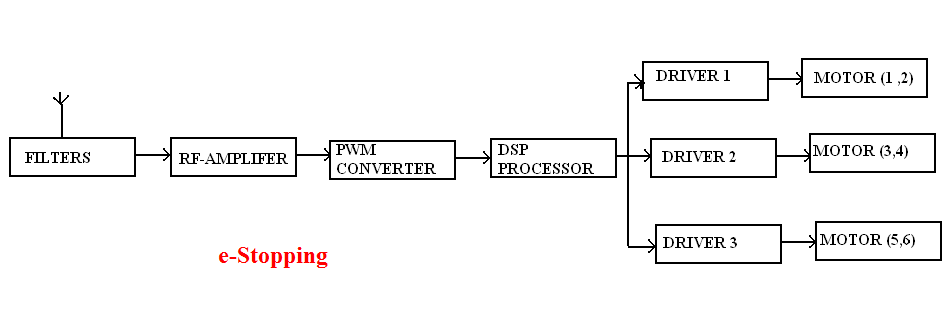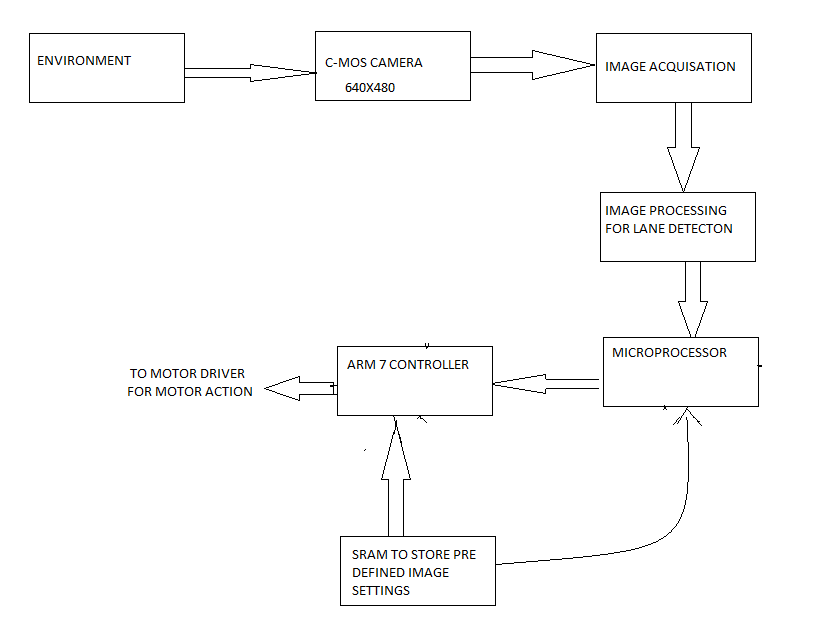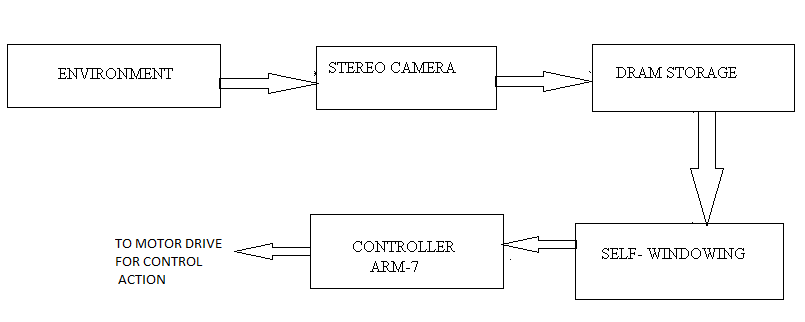Various Images of the GPS Navigation Robot Project: (Designed In Pro-E)
ISOMETRIC VIEW
TOP VIEW
FRONT VIEW
SIDE VIEW
ADDED FEATURES IN OUR BOT
Our GPS Navigation Robot Project has its unique code of 16 characters. It is encrypted in the permanenthidden storage memory unit of microprocessor, where it acts as a “black box” of our bot. The entire history is stored in it. It is a separate process which saves only the event history (control signal and direction Total Power Consumption till last update) of 64MB RAM at very high processing speed of 12KB/sec.
In our Robot the location of memory unit is sent to main processor (ARM 9).when the code is accessed the complete event history is shown to administrator. It enable by performing the separate internet protocol (IP) based server to note the event history.
The system gets its updation once in two minutes at 12KB/sec .At that time the motor is in OFF state, where the memory management is essential, so it holds nearly 10 to100KB data.
We are trying to manipulate in most appropriate forms. It is used locate even at remote area.
CONCLUSION:
Our GPS Navigation Robot Mechanical Project design is cumulative approach of both the electronic and mechanical ideas. It is designed with various references and guidance taken from our faculty, books, sites and journals. We put up our innovative ideas by analyzing serious present day issue, and trying to work out with it.

